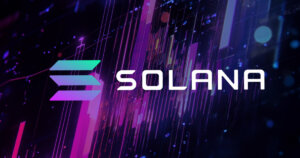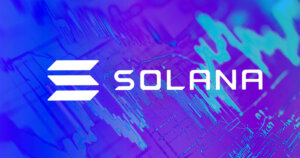 SubQuery launches first decentralized RPCs for Polkadot and Kusama
SubQuery launches first decentralized RPCs for Polkadot and Kusama SubQuery launches first decentralized RPCs for Polkadot and Kusama
SubQuery said these RPCs are the first on Substrate-based networks and will be operated by over 30 independent Node Operators.

Cover art/illustration via CryptoSlate. Image includes combined content which may include AI-generated content.
SubQuery Network, a Web3 infrastructure provider, has introduced two new decentralized Remote Procedure Calls (RPCs) for efficient data management on the Polkadot and Kusama networks, according to a June 11 statement shared with CryptoSlate.
SubQuery said these RPCs are the first decentralized ones on Substrate-based networks and will be operated by over 30 independent Node Operators. This will allow developers to build blockchain projects that can function efficiently and access data from multiple sources.
SubQuery’s RPCs
RPCs are crucial for communication between blockchain nodes and external entities as they facilitate data retrieval, smart contract interactions, and transaction submissions.
Additionally, the availability of decentralized RPCs frees decentralized applications (dApps) from relying on centralized middleware, ensuring secure and efficient Web3 communication. Notably, these features enable operational transparency, which is essential for the success of Decentralized Physical Infrastructure Networks (DePINs).
James Bayly, SubQuery’s COO, expressed enthusiasm about the RPCs’ deployment. He noted that the node operators, already experienced in running RPCs and other nodes in various ecosystems, are well-positioned to support Polkadot developers. He added:
“Our node operators are already running RPCs and other nodes in multiple ecosystems, and, having emerged from the Polkadot ecosystem, we’re ideally placed to support Polkadot developers with their infrastructure.”
SubQuery, which started in the Polkadot ecosystem with an indexer to connect multi-chain architectures, has since become a leading Web3 data indexer. It now supports hundreds of networks, providing Web3 infrastructure for about 200 globally distributed networks of decentralized indexers and RPC providers. This allows dApps to access blockchain data without centralized control points.
Notably, its technology has been adopted by major crypto organizations like the OKX exchange, which integrated it with its Layer 2 testnet in February.
Disclaimer: CryptoSlate has received a grant from the Polkadot Foundation to produce content about the Polkadot ecosystem. While the Foundation supports our coverage, we maintain full editorial independence and control over the content we publish.




 CryptoQuant
CryptoQuant 

 Farside Investors
Farside Investors 





















































































